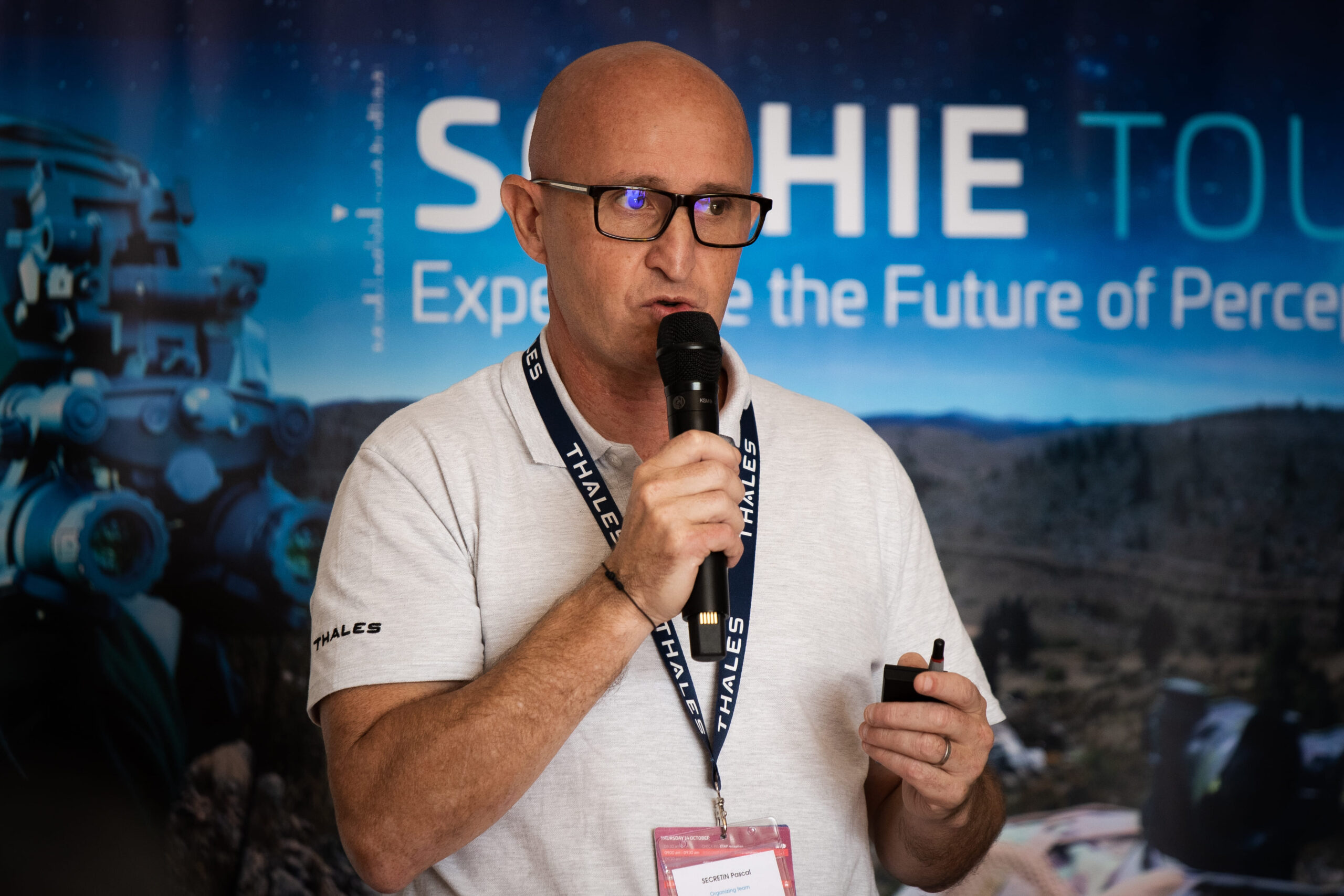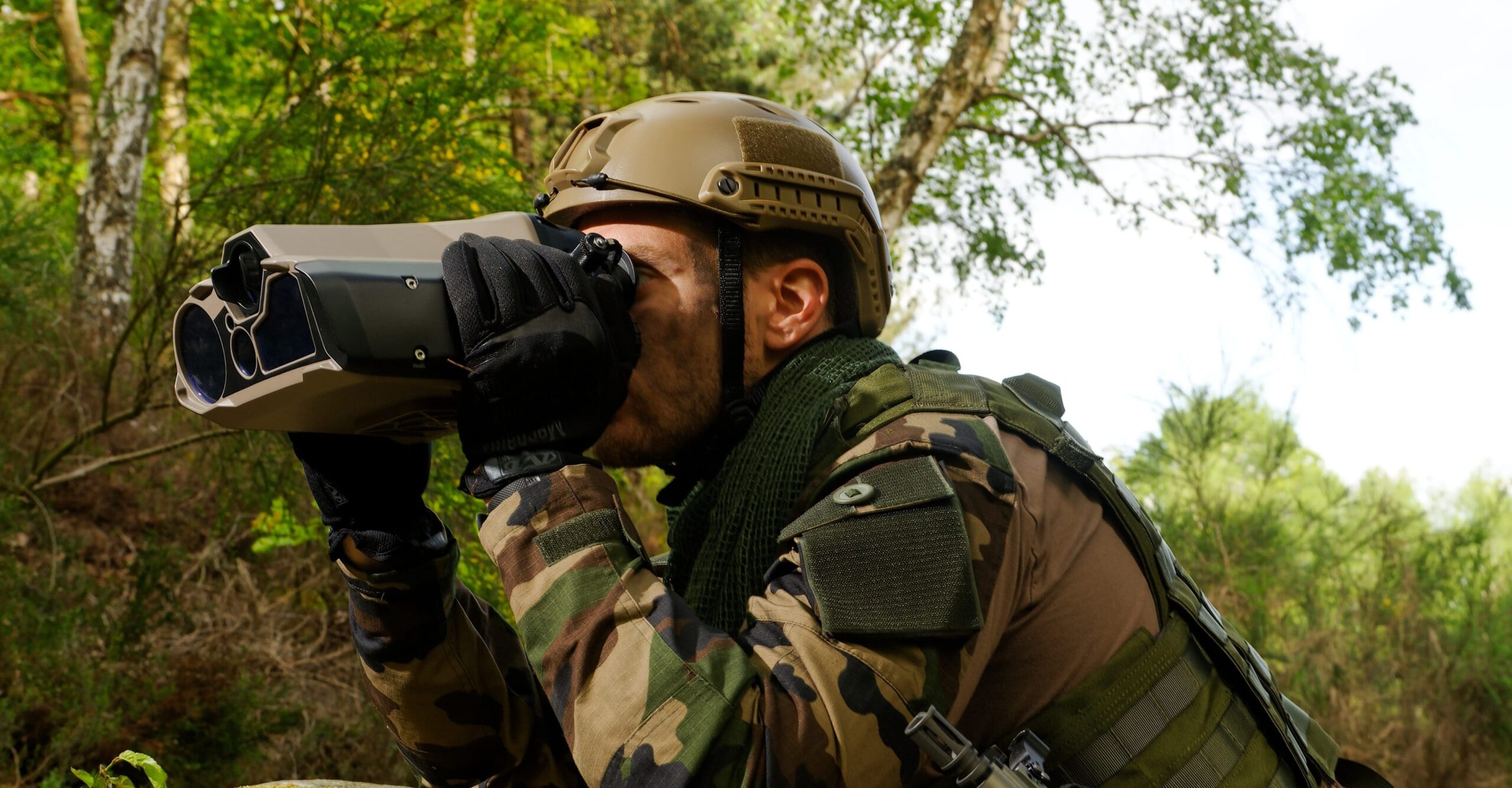Modern fighting forces are protected by astonishingly sophisticated technology. But, sometimes, there’s a heavy price to pay.
Death and injury from ‘friendly fire’ has been an inescapable consequence of war from as long ago as 1471 AD. One of the earliest recorded instances was the during the War of the Roses in England, when a Lancastrian force, returning to base after a mission in the Battle of Barnet, was attacked by defenders at the Lancastrian HQ.
Even now, the problem of mistaken identity and its devasting consequences has never gone away. For example:
Falklands Conflict, 1982 – five people died and three were injured when Companies A and C of the 3rd Battalion, Parachute Regiment, engaged each other in an hour-long firefight.
Gulf War, 1991 – 57 American soldiers were wounded by friendly fire during the Battle of 73 Easting.
Afghanistan, 2008 – two Dutch soldiers and two allied Afghan soldiers were shot dead by fellow Dutch soldiers.
Afghanistan, 2011 – 24 Pakistani soldiers died when attacked by the International Security Assistance Force (ISAF) during a NATO-led security mission.
These are just a few incidents of ‘friendly fire’ or ‘blue on blue’ attacks. There are dozens, hundreds, thousands more.
Advance through technology?
Figures released by the Pentagon, and reported by Reuters, put the percentage of deaths by friendly fire in double figures for every major conflict from WWII onwards. In the first Gulf War the proportion of Allies killed by blue-on-blue attacks rose to more than one fifth of the total.
So what’s going wrong and what can be done?
Improvements in night vision technology and thermal imaging, coupled with other surveillance systems and advances in communication equipment, have made it far easier for soldiers to make a positive ‘friend or foe’ identification. But even this can’t solve the problem.
The stark fact remains that, for foot soldiers, superior capability usually means more equipment. And more equipment means extra weight, more complexity and less mobility. That’s a killer.
Soldiers with a weight problem
Of course, technology certainly provides a telling advantage on the battlefield. For the dismounted soldier, this is gained through an array of night vision goggles, weapons sights, tactical binoculars, thermal imaging equipment, GPS devices, laser rangefinders, and more. It’s impressive.
Impressive, that is, until the moment you have to pack it all up and march for miles over rough terrain, keeping an eye out for enemy contact.
Picture this: some infantry soldiers in Afghanistan habitually conducted four-hour patrols, carrying an average of 50 kilograms of equipment each. That’s roughly equivalent to seven or eight bowling balls or 55 litres of paint. And, according to a report in Jane’s Defence, some dismounted soldiers now have to carry crippling loads as heavy as 63 kilograms.
Excess weight does more harm than simply inhibiting the soldier’s mobility. Injuries to the knees, pelvis and lower back; stress fractures; soft tissue injuries; fatigue; infected blisters – they all become more likely.
All too quickly, there comes a point when a soldier’s ability to fight, navigate, manoeuvre and, crucially, make good and timely combat decisions, is dangerously compromised. This, against a background of fatigue, fear and the fog of war, is what gets people killed.
A glimpse of the future
To win the hearts and minds (to borrow a phrase) of a modern military force, equipment manufacturers must focus not just on technological capabilities but, as a design priority, on the portability, power consumption, weight, and usability of field equipment.
The trend to reduce the physical size of equipment – in the civilian market as well as the defence sector – began decades ago and continues today. Miniaturisation, though, can only go so far before capability, usability and perhaps ruggedness, are compromised.
Manufacturers who have a close working relationship with their military customers, and who make the effort to take direct feedback from the real-life experiences of battle-hardened soldiers, are now concentrating on the ‘lighter and smarter’ part of the equation. Let’s look at one example: Sophie Ultima, Thales’s latest thermal imager.
First introduced in the 1990s there are now more than 15,000 Sophie legacy units in the field. A Sophie’s user club, with a web presence at www.www.thesophieclub.com, provides a rich source of feedback and suggestions, which has helped to inform the design of the Ultima system.
The new Sophie Ultima is the world’s lightest 4-in-1 thermal imager, featuring infrared target locator and teleconverter, daytime laser rangefinder, and tactical binoculars. By combining several functions into one device, it not only takes up far less space than individual units would, but it saves a significant amount of weight.
Providing significant tactical advantages at night, it makes target identification possible over distances at which competing equipment can only recognise the general type of target. And with an ability to detect body heat at ranges exceeding 1 Km – in a wide field of view and even in daytime – the technology allows soldiers to de-camouflage enemy soldiers who would otherwise be invisible.
Plus, data exchange capabilities and integration with battlefield management systems, with the option of augmented reality to clearly identify friendly forces, makes collaboration with other units easier than ever.
That sounds complicated. But the underlying complexity is masked by a simple and intuitive interface designed for use in the most testing circumstances.
The bottom line is that soldiers are able to detect and identify enemies sooner and engage them more quickly. As a result, strikes are faster, safer and more precise. And the risk of friendly fire is greatly reduced.
An eye on the future
Perhaps any weight-saving and capability advantages of Sophie Ultima, and other next-generation technology from across the industry, will be swallowed up when soldiers are issued with even more equipment to carry. No one really wants that, but it remains a possibility. Only time will tell.
One thing is for sure, though. By combining several technologies into a single, upgradeable and connected lightweight unit, we can give the people we all depend upon the option of fighting and moving smarter, faster and more safely.



Leave a Reply